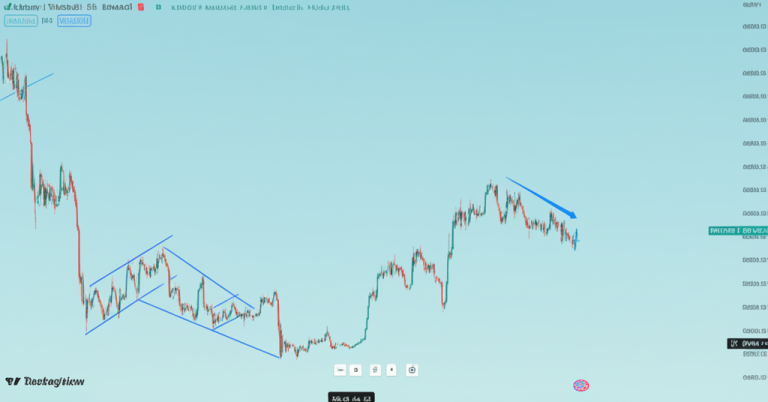The Relationship Between the Dollar and Cryptocurrency
Introduction to the Dollar and Cryptocurrency
In the financial markets, cryptocurrencies, particularly Bitcoin, are often viewed as an alternative to traditional financial systems. However, the relationship between the US dollar and cryptocurrencies, especially Bitcoin, is complex and multifaceted. The statement “The Dollar’s Strongest Ally is Cryptocurrency” may seem contradictory, given the historical inverse relationship between Bitcoin and the dollar. This analysis will delve into the economic factors driving this seemingly paradoxical claim, exploring how these dynamics influence the market.
Historical Relationship Between Bitcoin and the Dollar
The relationship between Bitcoin and the US dollar is typically described as inversely correlated. This means that when the dollar strengthens, Bitcoin prices often decline, and vice versa. This pattern has been particularly evident in recent years, especially during significant macroeconomic events like changes in interest rates and monetary policy adjustments.
Factors Driving the Inverse Correlation
Cryptocurrency as a Hedge
Despite the inverse relationship, cryptocurrencies, particularly Bitcoin, are increasingly viewed as a hedge against traditional assets. This perspective is rooted in Bitcoin’s limited supply and decentralized nature, which make it somewhat independent of the traditional financial system.
Manifestations of Hedge Properties
Macroeconomic Factors at Play
Macroeconomic factors, such as trade policies, interest rates, and inflation, significantly influence the relationship between the dollar and Bitcoin. For example, trade wars and fiscal deficits can lead to a weaker dollar, potentially driving up Bitcoin prices.
Interest Rates and Monetary Policy
Geopolitical Influences
Geopolitical events, such as international conflicts and political instability, can also affect the dollar and Bitcoin. For instance, political uncertainty can lead investors to seek safe havens, impacting both the dollar and Bitcoin differently.
Safe Haven Dynamics
Technological and Regulatory Developments
Technological advancements and regulatory changes play a crucial role in shaping the relationship between the dollar and cryptocurrencies. Innovations in blockchain technology and regulatory frameworks can influence investor sentiment and market dynamics.
Technological Innovations
Market Sentiment and Speculation
Market sentiment and speculative behavior significantly influence the prices of both the dollar and Bitcoin. Investor perceptions of risk, market trends, and speculative activities can drive price movements in both assets.
Speculative Dynamics
The Role of Institutional Investment
The entry of institutional investors into the cryptocurrency market has further complicated the relationship between the dollar and Bitcoin. Institutional investment can bring stability and liquidity to the cryptocurrency market, influencing its correlation with the dollar.
Institutional Impact
The Future of Dollar and Cryptocurrency Relationship
As the global economy continues to evolve, the relationship between the dollar and cryptocurrencies will likely become even more intricate. Factors such as technological advancements, regulatory changes, and geopolitical events will continue to shape this dynamic.
Emerging Trends
Conclusion
Final Thoughts
The relationship between the dollar and cryptocurrencies, particularly Bitcoin, is complex and multifaceted. While the inverse correlation suggests a competitive dynamic, the role of cryptocurrencies as a hedge and the influence of macroeconomic factors highlight their interconnectedness. The claim that the dollar’s strongest ally is cryptocurrency may be an overstatement, but it underscores the significant role cryptocurrencies play in the financial market. As the global economy continues to evolve, the relationship between the dollar and cryptocurrencies will remain a critical area of study and investment. Understanding these dynamics is essential for navigating the ever-changing financial landscape and making informed investment decisions.
資料來源:
[1] fxnewsgroup.com
[3] en.macromicro.me
Powered By YOHO AI





